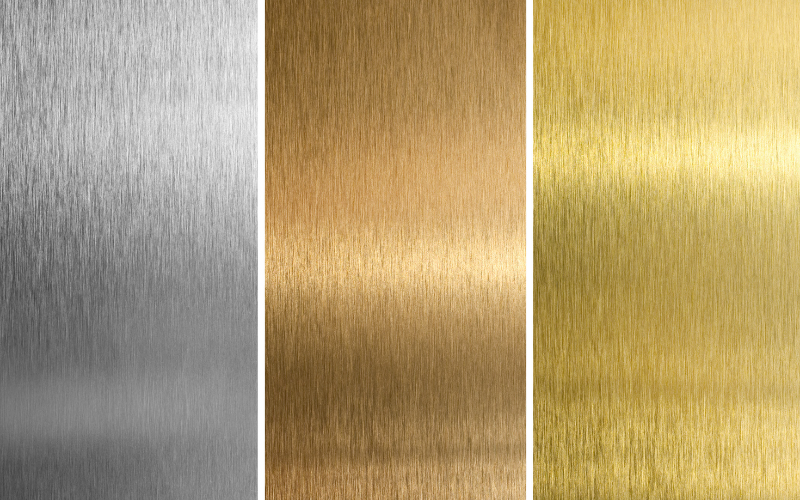Beware of the Brass
Not all copper alloys are created equal - so it’s important to verify their composition when using them in raw water applications.

Brass is an alloy of copper and zinc. The proportions of each give brass different mechanical properties. In short, the reason for the copper is that it is unreactive, however it is very malleable and easily shaped and on the other hand, zinc is reactive but very strong and durable. By combining the two and creating brass, we have the “best of both worlds” with a product that is unreactive and strong – perfect for plumbing fittings and valves.
Typically, most common brasses used for plumbing and valves are in the proportions of approximately 57-63% Cu and 35-39% Zn as the two main components. Cu – Zn alloys containing more than 15% Zn are susceptible to a dealloying process called Dezincification, where the selective removal of Zn in the presence of oxygen and moisture, leaves a relatively porous and weak layer of Cu and Cu Oxide that has little mechanical strength. A common sign that brass has been subject to Dezincification is that it will have a red/pink coloured appearance. More seriously however, due to the porous condition it creates, water can seep through the brass, resulting in the fitting no longer being watertight – not ideal with plumbing fittings and valves. In fact, dezincification can cause so much damage that in the First World War, it was claimed that more Royal Navy boats were put out of action due to dezincification than by the German Navy!
Some common water conditions that will contribute to Dezincification of brass are:
-
Water hardness and the acidity or alkalinity of water away from a pH of 7
-
Temperature - the higher the temperature the greater the risk
-
Water flow - less flow equals greater risk
-
Polluted atmosphere
-
Sea or brackish water
-
Corrosive soils such as acid peat, salt marsh, waterlogged clay, etc.
-
High concentration of chlorides
-
High chlorine levels
-
Etc.
The solution to this problem is – DZR (Dezincification Resistant) Brass. DZR Brass material has been developed for use with pipe, fittings and valves in potable water, and also other aggressive water situations.
The composition of DZR Brass, along with the DZR production process, means that not only is it resistant to dezincification or dealloying, but it is easier to form and machine than standard brass, and also has increased strength. In broad terms, DZR Brass has a higher copper content, lower Zinc and Lead content, with addition of other trace elements, and also a different heat treatment process, giving it these superior qualities.
The one disadvantage with DZR Brass is that fact that it does have higher production cost. Any copper alloy with higher copper (Cu) content, and less Lead (Pb), Iron (Fe), and other impurities, is more expensive to produce, making DZR Brass higher cost. But remember the saying, “Quality does not cost…it pays!”
All Watermark Approved brass valves by Waterworks are DZR brass.



-1.png?width=352&name=WW%20%20Blog%20headers%202023%20(3)-1.png)

.png?width=352&name=WW%20best%20valve%20for%20wastewater%20and%20effluent%20(1).png)